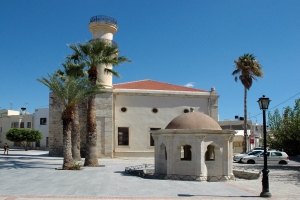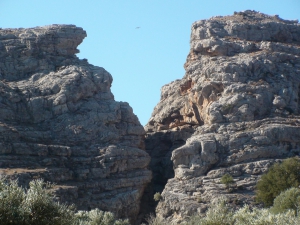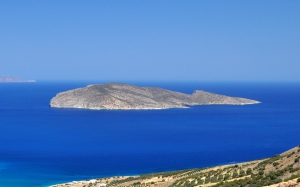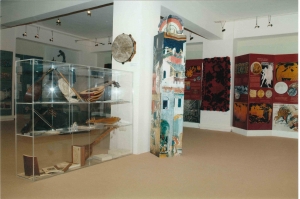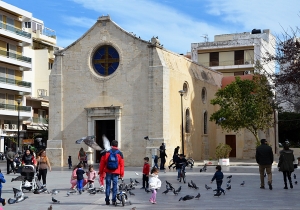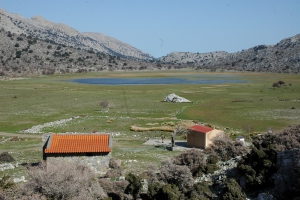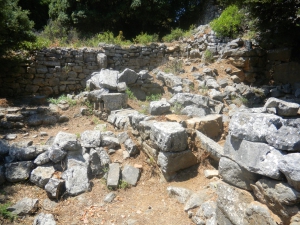The mosque was built in the old city (Kato Mera) at the end of the 19th century, when the Turks conquered Ierapetra and modified the church of Agios Ioannis for their religious purposes. It is held to date in a pretty good condition.
Kavousi Canyon is located near Keratokambos (near Ano Viannos, south Heraklion) in Dikti Mountain. The total length is 1km and the altitudinal difference between entrance and exit is 170m.
Psira is a small uninhabited islet located 1 mile north of Tholos beach, situated at the northeastern edge of the Gulf of Mirabello. In Psira a Minoan settlement of 15-20 acres has been found, being one of the most important sites in Crete.
The museum of Acritans of Europe is housed in the center of Paleochora town, in the old boarding house. It was established on July 2006 and funded by the program "Culture 2000».
The Museum of Byzantine Icons and Relics of Archdiocese of Crete is located in the Venetian church of St. Catherine of Sinai, in the center of Heraklion and next to the cathedral of Saint Minas.
Omalos Plateau of Viannos is located at the southern foot of Mount Dicti, next to Kato Simi and Viannos, 60km southeast of the city of Heraklion. It can be accessed more easily from Kato Simi, but there are also alternative routes that are worth driving on dirt track (such as the road starting from the Lassithi Plateau and another track coming from the smaller plateau of Lapathos).
Ancient Dreros (or Driros) was built on the Mount Kadistos, next to the current church of St. Anthony, 2km northeast of Neapolis town. The town was inhabited by Eteocretans and Dorians (who arrived in Crete in 1100BC) and flourished in the Classical - Hellenistic Period.
Jiouchtas in the ancient times was considered a sacred mountain, mainly because it resembles a human face that looks to the sky from the northwest. Even today the human like mountain causes awe. According to the legend, this is the face of Zeus and the mountain is his tomb. Indeed the name Jiouchtas is a corruption of the Latin word for Zeus, Jupiter.





